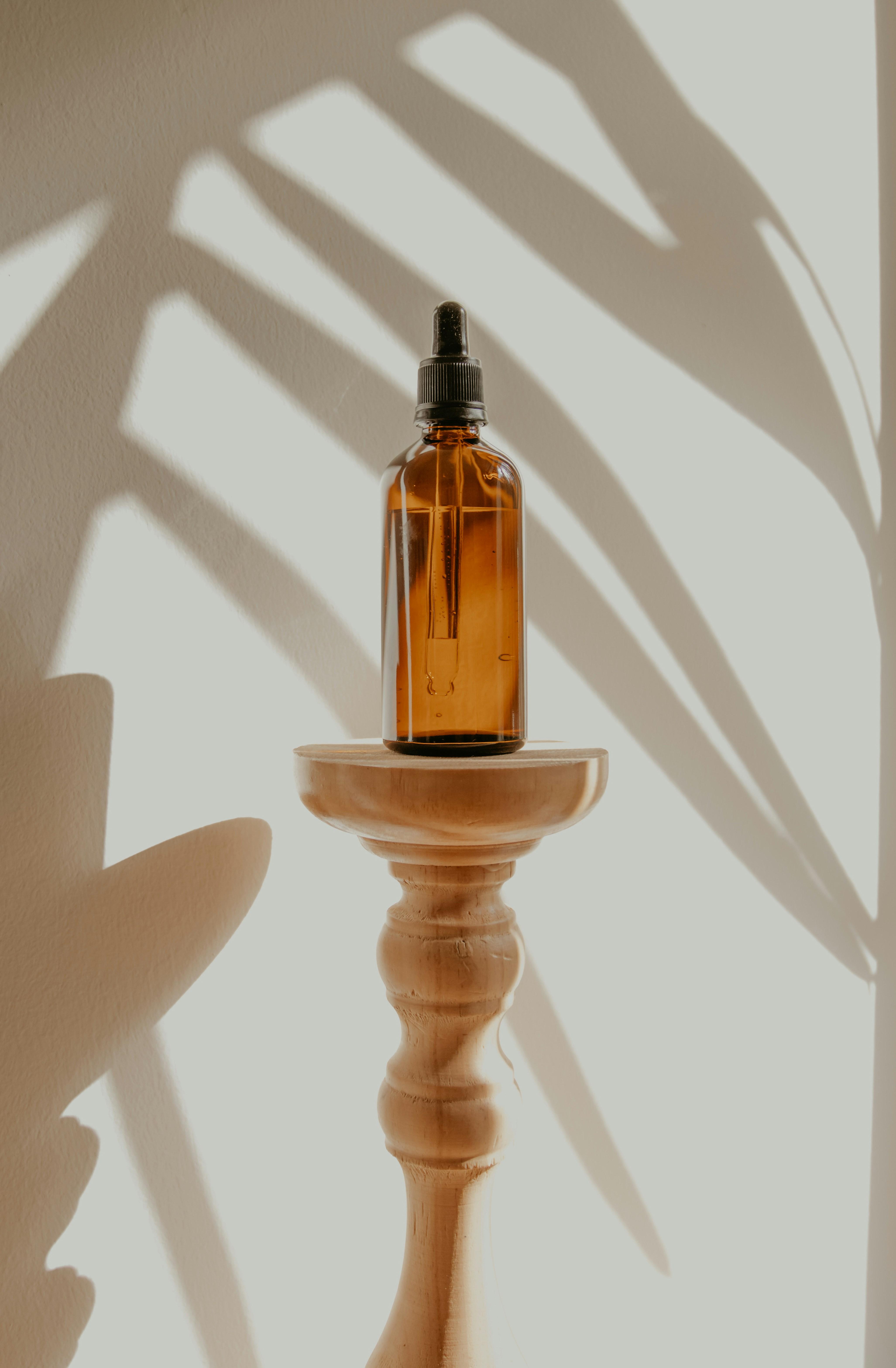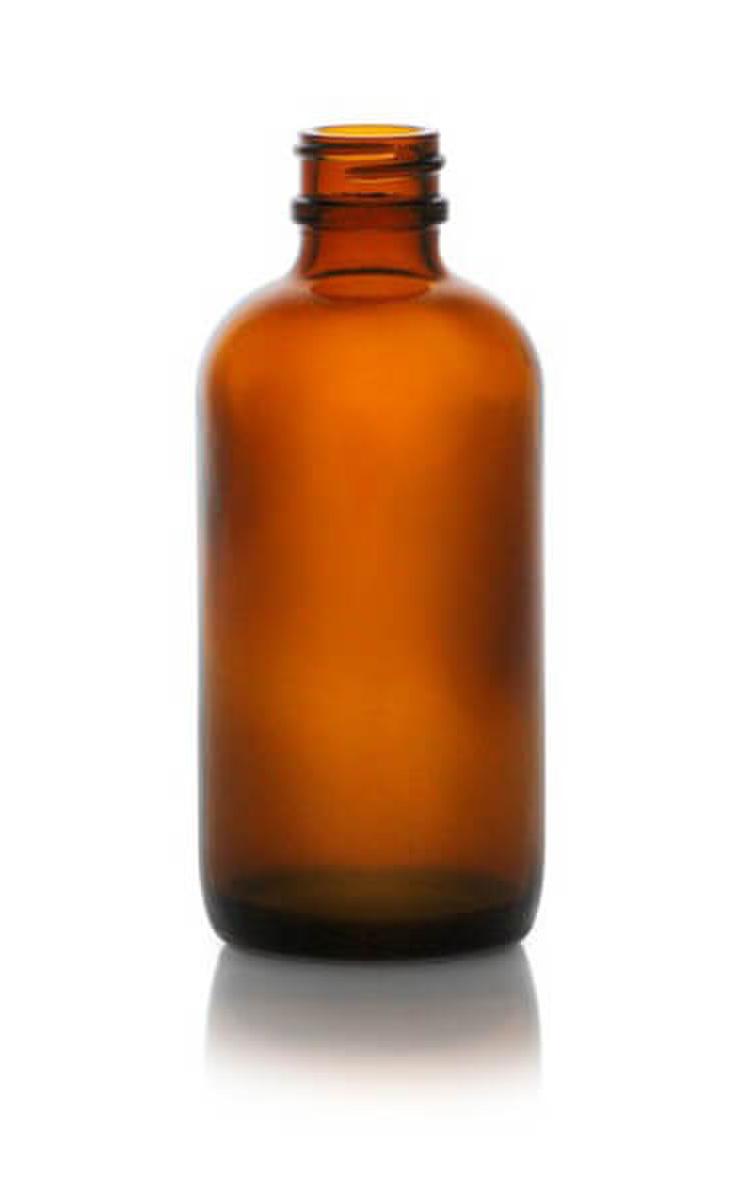Essential oils are incredibly popular for their therapeutic benefits, whether for promoting relaxation, boosting energy, or improving skin health. These highly concentrated plant extracts can be potent and powerful when used correctly, but improper usage can lead to adverse effects. Whether you're new to essential oils or have been using them for a while, understanding the safety guidelines is crucial for maximizing their benefits while minimizing any risks.
Here, we’ll explore key safety tips for using essential oils safely and effectively, whether you're applying them topically, diffusing them, or using them in homemade products.
 Dilute, Dilute, Dilute
Dilute, Dilute, Dilute
One of the most important rules when using essential oils is to always dilute them before applying them to your skin. Essential oils are highly concentrated and can cause irritation, allergic reactions, or even chemical burns if used undiluted.
Essential oils are potent because they contain the concentrated essence of plants, which means a little goes a long way. A standard dilution for topical use is about 1-5%. For sensitive skin, children, or older adults, it’s best to err on the side of caution and use a 1% dilution.
To dilute essential oils, mix a few drops of your chosen oil with a carrier oil such as coconut oil, jojoba oil, or sweet almond oil. For a 1% dilution, add about 1 drop of essential oil to 1 teaspoon (5 mL) of carrier oil. For a 2% dilution, use 2 drops per teaspoon, and so on.
Some essential oils, such as cinnamon, clove, oregano, and thyme, are particularly strong and can irritate the skin even at low concentrations. Always perform a patch test (more on this below) before using them on larger areas.
Patch Testing
Before using any new essential oil or product containing essential oils, it’s a good idea to do a patch test! This is especially important if you have sensitive skin or are prone to allergies.
To perform a patch test, apply a small amount of the diluted essential oil blend to a small patch of skin (usually on the inside of your forearm or behind your ear). Wait 24 hours to see if there’s any sign of irritation, redness, or discomfort. If no reaction occurs, the oil is likely safe to use more broadly.
 Be Mindful of Children and Pets
Be Mindful of Children and Pets
Essential oils are not always safe for young children or animals. Due to their strong chemical compounds, some oils can cause adverse reactions in children, and certain oils are toxic to pets, particularly cats and dogs.
Essential Oils to Avoid for Children:
- Under 2 years old: Avoid using essential oils for babies and toddlers unless specifically directed by a healthcare professional. Oils like eucalyptus, peppermint, and tea tree can be too potent.
- 2-6 years old: Use only oils that are known to be safe for children, such as lavender, chamomile, or mandarin. Avoid strong oils like cinnamon, eucalyptus, and rosemary.
- 6+ years old: As children get older, they may tolerate a broader range of oils, but always use them in diluted forms and be mindful of how they react.
While many essential oils are safe for pets, others can cause severe reactions. Cats, in particular, are sensitive to essential oils because they lack certain enzymes required to metabolize the compounds found in oils. Avoid using oils like tea tree, eucalyptus, citrus, and peppermint around cats. Dogs are generally less sensitive but still need care. Essential oils should never be applied directly to pets’ fur or skin without the guidance of a veterinarian.
Ingesting Essential Oils
While some essential oils are marketed for internal use, ingestion of essential oils can be controversial; proceed with care. Essential oils are very concentrated and can cause irritation to the mucous membranes, stomach lining, and digestive system when consumed.
Because essential oils are highly concentrated, it's easy to accidentally consume too much, leading to symptoms such as nausea, vomiting, or even more severe health issues. The ingestion of certain oils can also trigger allergic reactions or irritate preexisting conditions like acid reflux, asthma, or gastrointestinal issues. Some oils, like wintergreen and pennyroyal, can be toxic in even small amounts when ingested.
Consider consulting with a qualified healthcare provider first if you are considering ingesting a new essential oil for the first time.
Using and Storing Essential Oils
When using essential oils in diffusers, make sure the space is well-ventilated. Although essential oils can have wonderful therapeutic effects, their concentrated vapors can overwhelm the respiratory system if used in a confined, poorly ventilated space.
Limiting diffusion sessions to 15-30 minutes in a well-ventilated room can help avoid overwhelming the airways. Start with a few drops of oil in your diffuser (generally 3-5 drops per 100 mL of water) and adjust based on personal preference.
If you feel dizzy, lightheaded, or uncomfortable, stop diffusing immediately and get some fresh air.
Essential oils should be stored properly to maintain their potency and to prevent accidents. Always keep them in tightly sealed, dark glass bottles (preferably amber or cobalt blue) and store them in a cool, dry place away from direct sunlight and heat. Heat and light can cause essential oils to break down, rendering them less effective or even harmful over time.
For making and storing your own essential oils, take a look at our amber bottles and dropper caps, made for longevity and easy application.
Essential oils can be a great addition to your wellness routine, offering benefits ranging from stress relief to enhanced skin care. However, like any potent product, they need to be used responsibly. Always dilute oils before applying them topically, do patch tests, and be cautious around children and pets and use diffusers in well-ventilated areas.
By following these guidelines, you can enjoy the therapeutic benefits of essential oils while protecting yourself and those around you from potential risks. Always remember that when in doubt, it’s best to consult with an aromatherapy professional or healthcare provider before using a new essential oil.



